Microsoft Studios and Moon Studios unveiled Ori and the Blind Forest to roaring audiences in 2015. The title subsequently received critical acclaim for its uniquely emotional take on the Metroidvania genre. A few years later and the sequel, Ori and the Will of the Wisps is here. Now gamers the world over can once again get another life lesson in emotional manipulation and skill-based platforming.
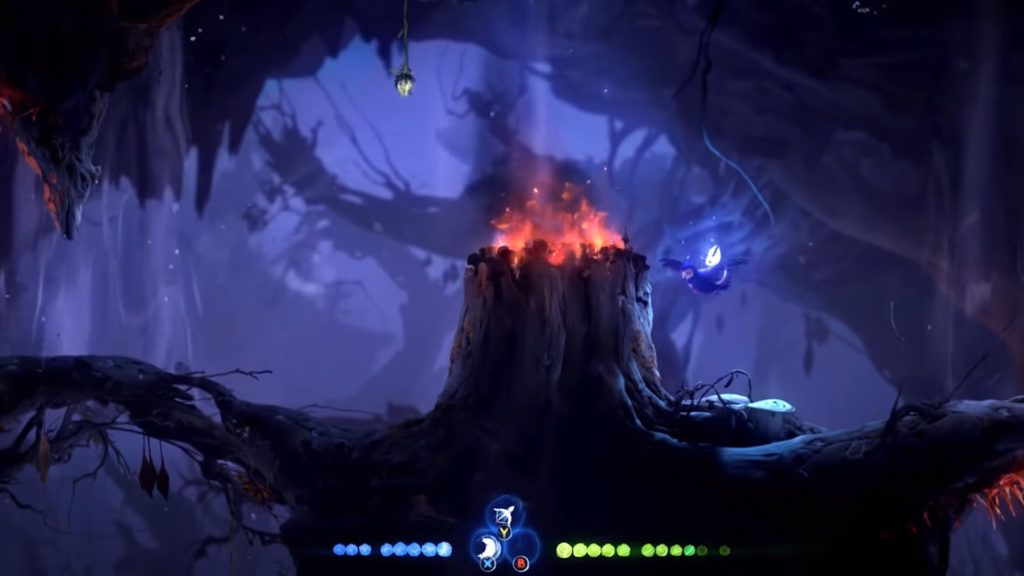
Given the success of the first title in the franchise, Ori and the Will of the Wisps has been highly anticipated. As a 2D platformer, Ori and the Will of the Wisps lets you jump, climb, and combo your way through levels filled with hand-drawn art. As a Metroidvania, it is also an action-adventure title where exploration is key, but designed to be locked off until certain abilities have been unlocked at a later stage.With this in mind, Ori and the Will of the Wisps comes darn near close to being one of the best in the genre.
Just like games such as Hollow Knight (another exceptional Metroidvania with souls-like features), the overworld is covered in darkness. As you explore, the darkness goes away and you get to actively see where you have been and where you want to go. Uncovering the darkness and figuring out how to traverse the countless labyrinthine areas is a massive addiction. I found myself losing countless hours figuring out how to uncover a dark spot here, or try and find alternative ways through spots I had been barred from. Similarly, collectables and secrets are aplenty. There are so many little nooks and crannies to explore; the superb level design implores you to explore all kinds of directions.
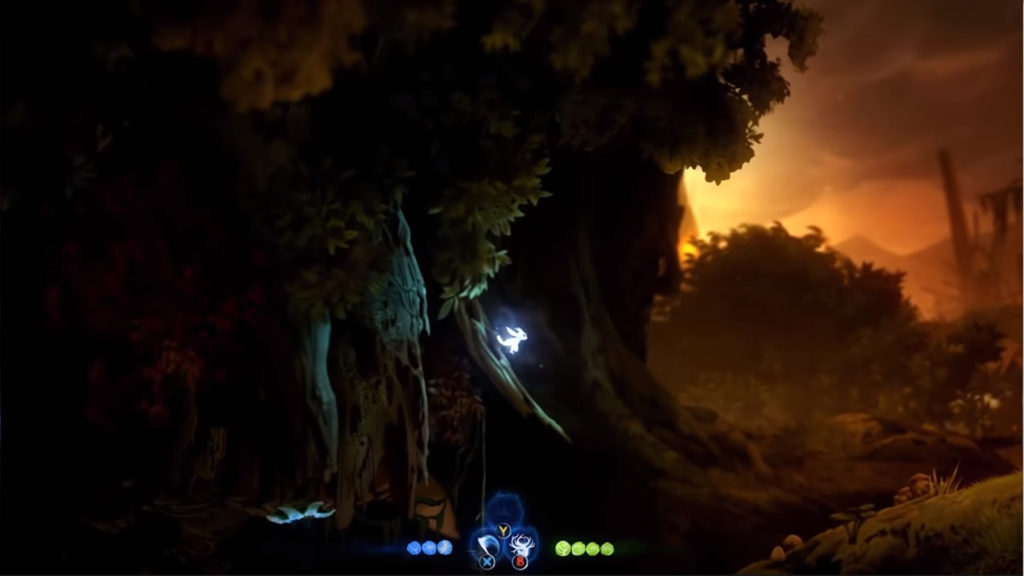
Interestingly, Ori and the Will of the Wisps increases the cadence in which you receive new abilities. I played Ori and the Blind Forest back at launch and I distinctly remember how long of a wait there was between the various abilities. In Will of the Wisps, Ori gets both the dash and double jump within the opening hours! I am uncertain of whether it depends on the way you unlock the map (like with Hollow Knight), but I could also climb walls soon thereafter.
The map in Ori and the Will of the Wisps is a much larger and more complicated beast than the first game. Perhaps the game gives you double jump and dash so early on because they simply could not let players traverse the map without it. However, there are many more abilities this time around, which makes for interesting and fluid gameplay. Ori and the Will of the Wisps will always tantalise you with a bit of progress, give you a whole new way to explore environments, and have you backtrack and find secrets for countless hours… and you will love it. I know I did!
As you make your way through the map and find new and exciting ways to get over a barrier you could not before, you will encounter a fair share of enemies. To battle them, you can assign three abilities to the controller’s face buttons (on Xbox), and swap them out any time with up to nine others (totalling 12 vastly different abilities). You can use your sword to hack and slash both forwards and backwards, or launch enemies into the air and pull off cool combos from there. Later you get to use a cool hammer called Spirit Smash, which is slow and strong. The game also features the Spirit Arc (bow) and Star (boomerang). Eventually, you will have to master the art of switching abilities and weapons at a whim to best the challenging enemies the game will throw at you down the line.
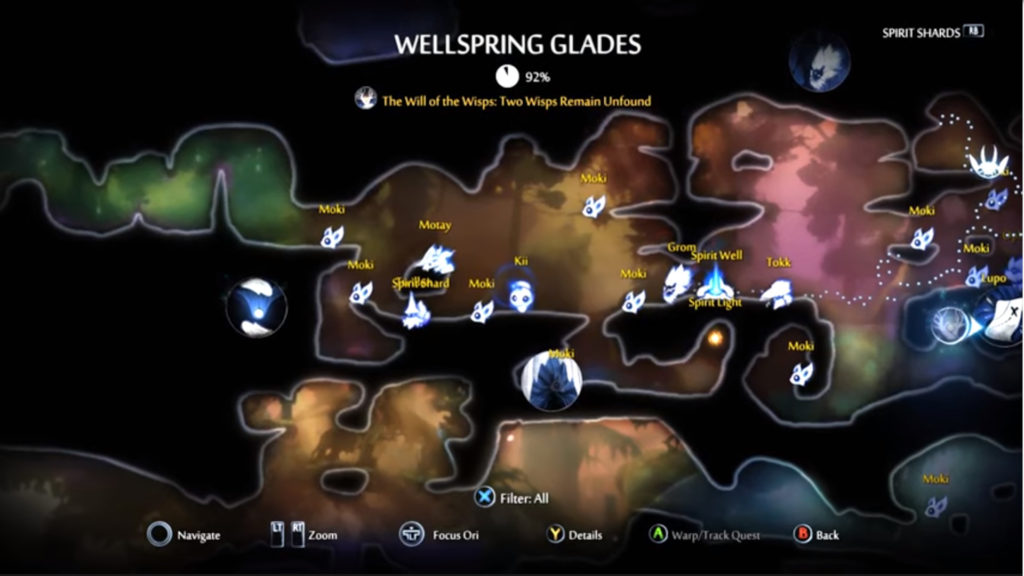
Augmenting your abilities and weapons is a matter of exploration and constant fighting. Similar to Hollow Knight, you can equip things called shards in limited slots, to begin with. Equipping a shard will either passively boost your abilities, or change the way they work entirely. These can also be swapped out at will, which makes the boss fights quite easy once you have figured out the best combinations.
Alternatively, you can also find golden orbs called Spirit Light as you explore. In the first game, these acted as massive experience containers. However, Ori and the Will of the Wisps has Spirit Light act as a form of currency that can be spent at vendors. Spending Spirit Light will let you upgrade abilities, train new abilities, or purchase maps highlighting specific locations on the map. Another way of earning Spirit Light is by completing quick side missions for peaceful creatures littered throughout Niwen forest. Simply talk to these animals and you will be given side quests and a general idea of where to explore. Side quests are never too involved, and always net you with a Spirit Shard of Spirit Light.
What I found intriguing were the newly added Combat Shrines hidden throughout the game. There are supposedly seven of these, but I only managed to find five before I sat down to pen this review. Combat Shrines act as tests of skill where you fight waves of enemies. Besting a Combat Shrine will increase your Spirit Shard slot count. There are also races called Spirit Trials where you race through each of the areas of the game. Contrary to the Combat Shrines, I hated every second of the races.
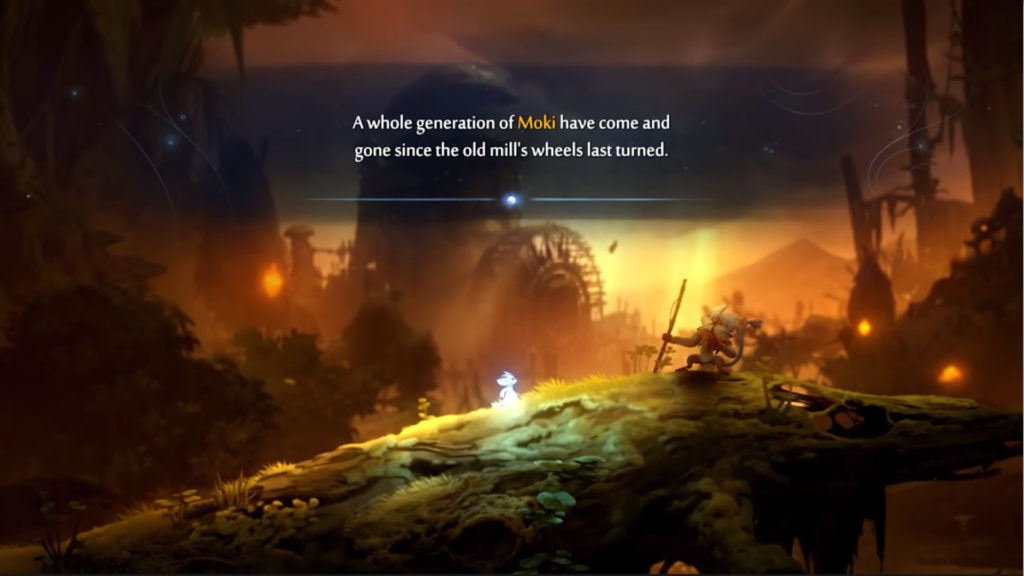
Fortunately, each race I reluctantly entered never took away from the absolute beauty that is Ori and the Will of the Wisps. The hand-drawn animation, incredible score, and background artwork all work in tandem to bring you the best dang experience you will ever come across in a 2D platformer. From the Mouldwood Depths down below, back up to the Luma Pools, and even areas like the Mouldwood itself, are wholly new experiences on their own. Every area has its unique theme and background music, brightly coloured particles, and unique enemies. These are all features that make for a truly memorable Metroidvania experience.
As beautiful as it is, Ori and the Will of the Wisps does seem to be poorly optimised. Loading is plentiful in this game, but that can largely be forgiven considering how large many of the areas tend to be. What is not forgivable is how the game sometimes comes to an entire standstill as it loads in chunks of areas – resulting in a break in immersion. There is one particular bit where I fell from a high vantage, only for the game to take me out of the experience for an entire five seconds. This did not happen many times, but it was enough to leave an impression.
It is very rare for a game to come along and hook me the way that Ori and the Will of the Wisps has. I love Metroidvania titles and have grown accustomed to the various little ways they force you to double back on yourself. In this regard, Ori and the Will of the Wisps kept reminding me of some of my favourite Metroidvanias (namely the later games in the Mega Man X series), and has rightfully earned a place as one of the best in the genre. Similarly, I love soulslike titles, which are basically Metroidvania titles where challenge and exploration take precedence over storytelling and mission structure. Ori and the Will of the Wisps peters on the fine line between Metroidvania and soulslike, which ultimately makes it a truly incredible and unforgettable adventure.
| Time Played | 25+ Hours |
| Difficulty | Normal |
| Platform | Xbox One |
| Acquisition | Xbox One Game Pass |
Junior Editor at Vamers. From Superman to Ironman; Bill Rizer to Sam Fisher and everything in-between, Edward loves it all. He is a Bachelor of Arts student and English Major specialising in Language and Literature. He is an avid writer and casual social networker with a flare for all things tech related.

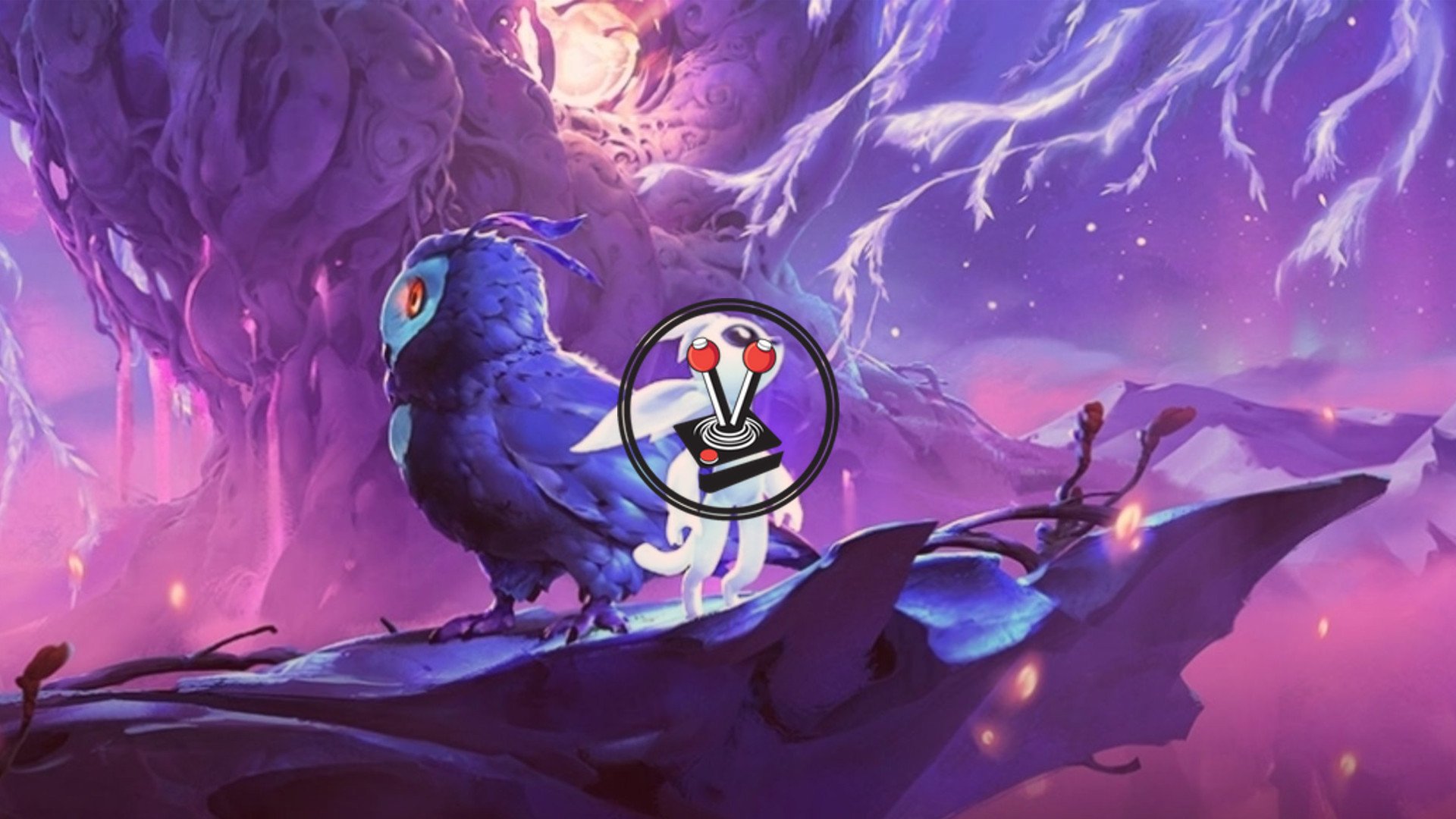










![Razer Kraken V3 Pro Review – Welcome to Boomtown [Redux]](https://vamers.com/wp-content/uploads/2022/07/Vamers-Technology-Razer-Kraken-V3-Pro-Review-Banner-218x150.jpg)





![Preparing for Dawn of Ragnarok [Assassin’s Creed Valhalla Guide]](https://vamers.com/wp-content/uploads/2022/03/Vamers-Gaming-Preparing-for-Dawn-of-Ragnarok-Banner-alt-fixed-218x150.jpg)



